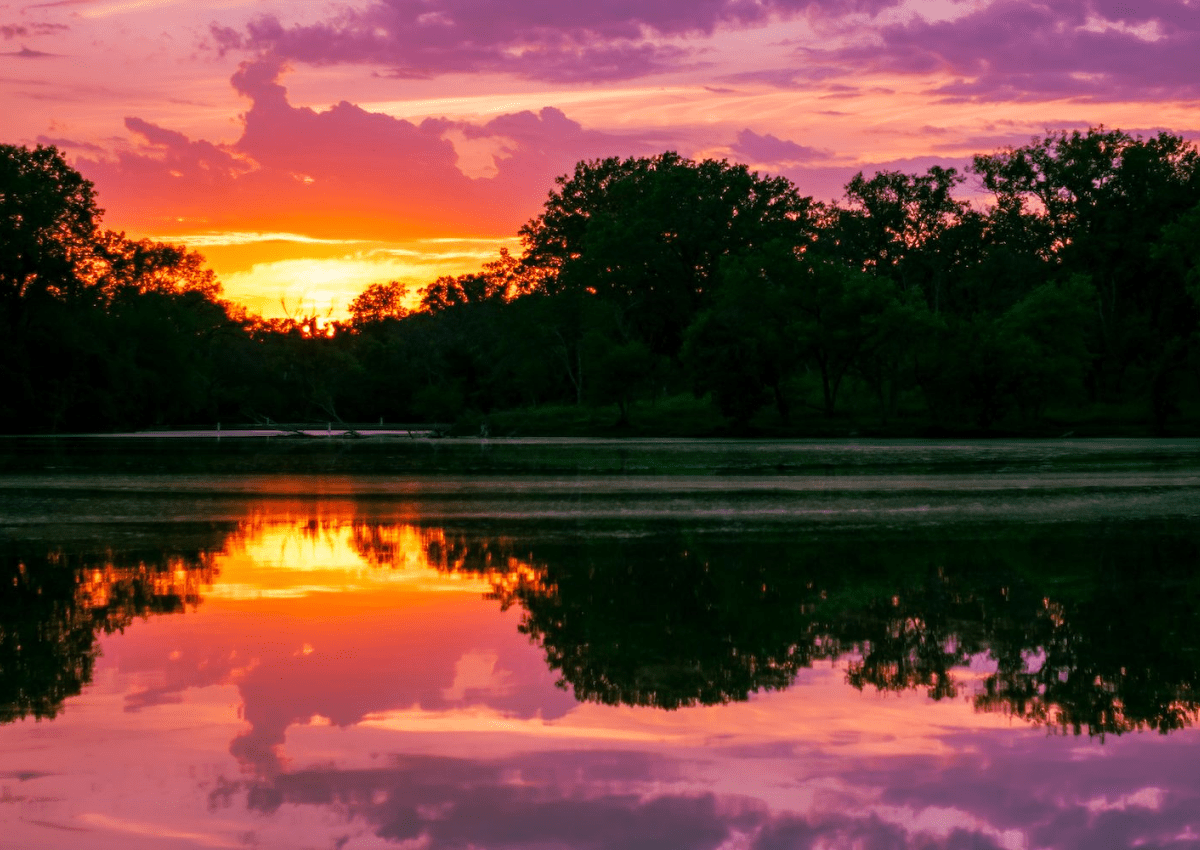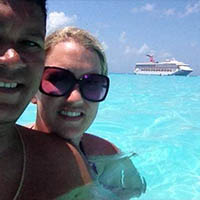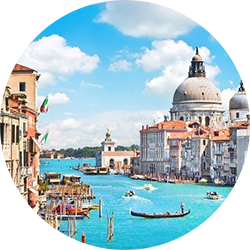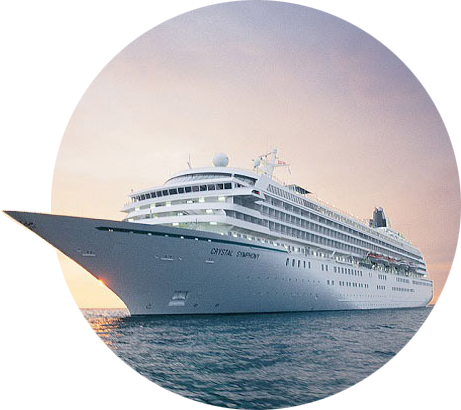Overview
Introduction
Illinois provides an interesting slice of the Midwest, a combination of the urban, sophisticated delights of Chicago and the much more laid-back "downstate" (everywhere that is not Chicago), where Lincoln lore and other rural attractions recall the Illinois of the 1800s.
Illinois' dual identity is a blessing for vacationers. They can experience the urban glamour of Chicago's world-class museums, shopping, restaurants and nightlife and then unwind in the tranquil countryside's vintage architecture and historic sites.
Geography
In its central portion, Illinois is phenomenally flat—it's as though a giant iron had been applied to the state to get the wrinkles out. (Actually, it was Ice Age glaciers that did the job. They also left behind topsoil scraped from points north, making the land in central Illinois some of the most fertile in the U.S.) The few hilly areas in the state are found in the far northwest corner, in the far south and along the bluffs of the Mississippi River.
History
Chicago is not the first large city to dominate the Illinois area. Centuries before the Windy City was even a trading post, Native Americans of the Mississippian culture established Cahokia, the largest city north of Mexico. Built near the confluence of the Mississippi, Illinois and Missouri Rivers, the city was first inhabited around AD 700 and reached its peak between 1000 and 1200. The people of Cahokia possessed a highly developed civilization that influenced societies throughout the eastern U.S.
Even after the Mississippian culture ended, what was left of Cahokia played a pivotal role in the development of modern Illinois: An early French settlement was established there in the late 1600s, following the initial explorations by Jacques Marquette and Louis Joliet. By then, the Algonquian-speaking Illinois Confederacy (including the Kaskaskia, Peoria, Kankakee, Tamaroa, Michigamea, Cahokia, Sauk and Fox tribes) lived in villages along the state's major rivers.
Illinois became a U.S. territory in 1809, and just nine years later it became a state. Native Americans continued to battle the encroachment of white settlers, however. Those conflicts reached a climax in 1832 with the Black Hawk War, after which the tribes in the Illinois area were moved west of the Mississippi.
Prior to the Civil War, Illinois was divided over the question of slavery. Though the practice had been outlawed in the territory, the influx of settlers from Tennessee and other slave states gave Illinois a strong proslavery contingent, especially in the southern counties. In the northern part of Illinois, however, abolitionists held sway, and they gained strength as large numbers of immigrants moved into the area in the 1830s and 1840s. The ideological division over the issue was personified by two of the state's most famous politicians—Stephen A. Douglas, who favored states' rights and compromise between slave and free states, and Abraham Lincoln, who was opposed to slavery. When the two ran for a U.S. Senate seat in 1858, they engaged in a famous series of debates that focused national attention on the issue.
By the latter decades of the 1800s, Illinois was rapidly evolving into an industrial and commercial center. Chicago in particular swelled, both in size and stature, linking east and west and attracting immigrants from all over the world—Poland, Italy, Ireland, Sweden, China, Lithuania, Greece, Serbia, Hungary and Russia. Blacks from the South also migrated to the city in great numbers, though most were relegated to the low-paying jobs. Following riots in Springfield in 1908, the National Association for the Advancement of Colored People (NAACP) was founded. By World War I, a black metropolis was emerging on Chicago's South Side, and it grew even larger during and after World War II.
Snapshot
The main attractions in Illinois include Chicago, sites related to Abraham Lincoln, Native American history, some of the best U.S. architecture of the 1800s and 1900s, theater, art, museums, Cahokia and outdoor recreation.
Travelers interested in culture, history and big-city sights will love the state. Those who are after dramatic scenery may be a bit disappointed with much of Illinois. Everyone should realize that, outside Chicago, it's pretty low-key.
Potpourri
The name Illinois comes from an Algonquin Indian word meaning "tribe of superior men."
Mormon leader and prophet Joseph Smith and his brother were lynched by an angry mob in Carthage following Smith's arrest in nearby Nauvoo in 1844. (Shortly thereafter, many of the Illinois Mormons began their exodus to Utah.) The jail where the Smiths were held is open for tours.
Joliet was originally named Juliet, after the Shakespearean character. Most people assumed they meant "Joliet," however, in honor of the French explorer who came to Illinois in the 1600s. In the end, the town found it easier to change its name than to listen to complaints about its misspelling of the Frenchman's name.
Though Lincoln is the president most often associated with Illinois, Ronald Reagan is the only U.S. chief executive to have been born in the state. (Lincoln was born in Kentucky.) The President Ronald Reagan Boyhood Home is in Dixon.
Though you won't find Goofy Ridge on many maps, there's goofiness to be found there. The area, southwest of Peoria near Sand Ridge State Forest, is an odd collection of trailers, shacks and cabins that was once a retreat for Chicago gangsters. Goofy Ridge is now inhabited by some of the most individualistic, eccentric people we've ever encountered. There's nothing particular to see in this Dogpatch-like community (and the residents probably won't appreciate it if you snoop around in a too-determined manner), but if you're in the area, stop in the tavern, order a beer and start the bartender talking.
Buckminster Fuller's original geodesic dome is in Carbondale, where Bucky was a professor at Southern Illinois University, and is undergoing a $350,000 preservation project.


















































